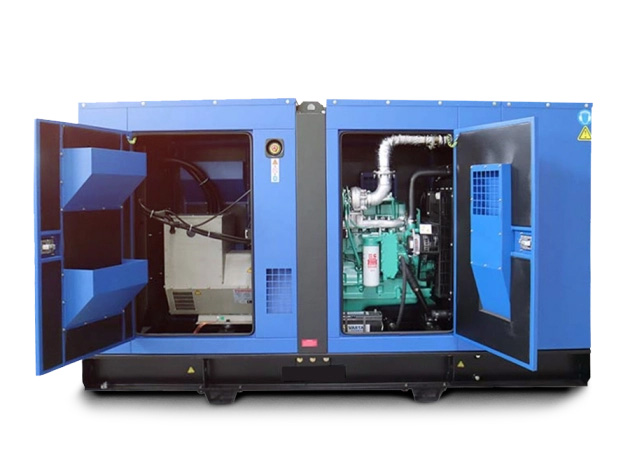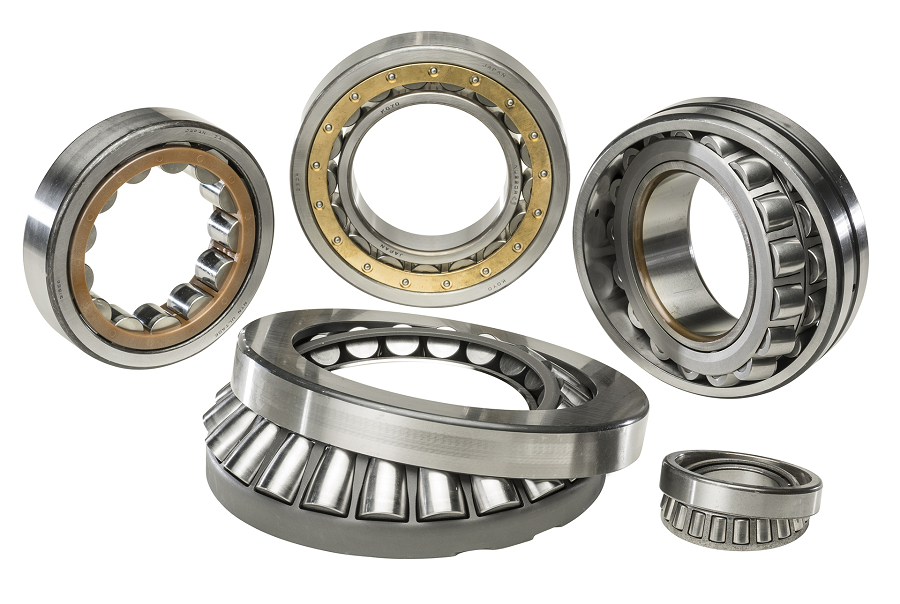Depth conversion seismic is a fundamental process in geosciences and petroleum exploration that translates seismic data from time to depth, enabling geologists and engineers to make more accurate interpretations of subsurface structures. This technique is crucial for effective reservoir management, drilling operations, and resource estimation. This article provides a straightforward guide to depth conversion, explaining its importance, the basic principles involved, and how it is applied in practice.
What is Depth Conversion?
Depth conversion is the process of converting seismic reflection times into actual depths below the Earth’s surface. Seismic data collected during exploration is initially recorded as travel times of seismic waves, which are then converted to depth using velocity information. This conversion is essential for accurately locating and evaluating subsurface features such as oil and gas reservoirs, geological formations, and mineral deposits.
Why is Depth Conversion Important?
Accurate Reservoir Assessment:
Accurate depth conversion allows for precise determination of the thickness and extent of hydrocarbon reservoirs, which is vital for effective resource estimation and management.
Drilling Planning:
Understanding the true depth of geological targets helps in designing well paths and drilling plans, minimizing the risk of drilling dry wells or encountering unexpected geological formations.
Geological Modelling:
Depth conversion supports the creation of detailed geological models, which are used for simulation and prediction of subsurface conditions and behaviors.
Basic Principles of Depth Conversion
The depth conversion process involves several key principles and steps:
Seismic Time Data
Seismic surveys measure the time it takes for seismic waves to travel from a source, reflect off subsurface structures, and return to the surface. This time is referred to as the two-way travel time (TWTT).
Velocity Model
To convert seismic time data to depth, a velocity model is required. This model provides the average speed at which seismic waves travel through different rock layers. The velocity of seismic waves can vary significantly depending on rock type, fluid content, and pressure conditions.
Constant Velocity Model:
Assumes a single, constant velocity for the entire depth range. This is a simplified approach but can be useful for initial estimates.
Layered Velocity Model:
Accounts for varying velocities in different geological layers, providing a more accurate conversion.
Conversion Formula
The basic formula for depth conversion is:
Depth=Velocity×Time2\text{Depth} = \text{Velocity} \times \frac{\text{Time}}{2}Depth=Velocity×2Time
Where:
- Depth is the depth below the surface.
- Velocity is the seismic wave velocity in the rock.
- Time is the two-way travel time of the seismic waves.
The factor of 2 in the formula accounts for the fact that seismic waves travel to the target and back to the surface.
Velocity Analysis
Velocity analysis is performed using well data, such as sonic logs, which provide direct measurements of rock velocities. This data is integrated with seismic time data to refine the depth conversion process and improve accuracy.
Steps in the Depth Conversion Process
Data Collection:
Gather seismic time data from surveys and velocity information from well logs or other sources.
Initial Depth Conversion:
Apply the basic conversion formula using an average or constant velocity to obtain an initial depth estimate.
Velocity Calibration:
Refine the depth conversion by incorporating detailed velocity models based on well data and seismic surveys. This involves adjusting the initial depth estimates using more accurate velocity information, often derived from sonic logs or velocity analysis.
Depth Conversion Calibration:
Use well control data, where available, to calibrate and validate the depth conversion. This step ensures that the depth estimates align with actual measurements obtained from wells drilled in the area.
Final Depth Mapping:
Integrate the refined depth information into geological models and maps. This step involves creating depth slices and cross-sections that visualize the subsurface structures and facilitate further analysis and decision-making.
Quality Control and Verification:
Perform quality checks to ensure the accuracy and reliability of the depth conversion results. This may involve comparing results with other data sources and validating the converted depths against known geological features.
Applications of Depth Conversion
Depth conversion has a wide range of applications in the oil and gas industry, mining, and geological studies:
Reservoir Characterization:
Accurate depth conversion helps in understanding the geometry and distribution of hydrocarbon reservoirs, leading to better resource management and extraction strategies.
Drilling Optimization:
By providing precise depth information, depth conversion assists in planning and executing drilling operations, reducing the risk of drilling errors and enhancing efficiency.
Geological Interpretation:
Depth-converted seismic data supports the creation of detailed geological models, improving the interpretation of subsurface structures and aiding in exploration and development activities.
Exploration and Development:
In mineral exploration, depth conversion helps in locating and evaluating mineral deposits, guiding exploration efforts and development plans.
Challenges in Depth Conversion
Despite its importance, depth conversion can face several challenges:
Velocity Variability:
Variations in seismic wave velocities due to changes in rock properties, fluid content, or pressure conditions can impact the accuracy of depth conversion.
Data Quality:
The accuracy of depth conversion depends on the quality and resolution of seismic data and well logs. Poor data quality can lead to inaccuracies in depth estimates.
Complex Geology:
In regions with complex geological structures, such as faulted or folded formations, depth conversion can be more challenging and may require advanced techniques and detailed modelling.
Conclusion
Depth conversion is a crucial technique in geosciences and energy exploration, providing essential information for accurate subsurface mapping and resource evaluation. By translating seismic time data into true depths, depth conversion enables better reservoir characterization, drilling optimization, and geological interpretation. While the process involves several steps and challenges, understanding and applying depth conversion effectively can significantly enhance exploration and development efforts across various industries. As technology and methodologies continue to evolve, depth conversion will remain a key tool in unlocking the potential of subsurface resources and advancing our understanding of the Earth’s geology.





